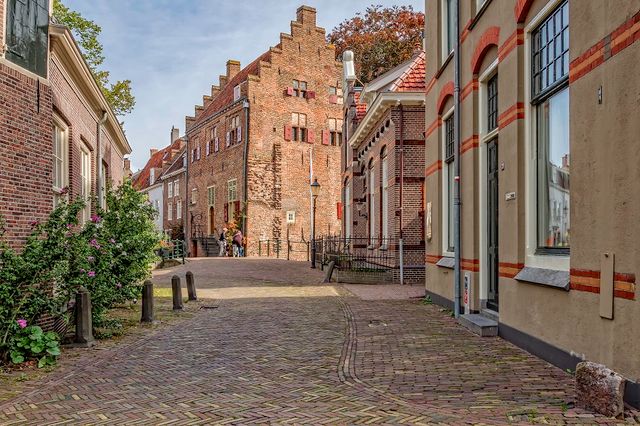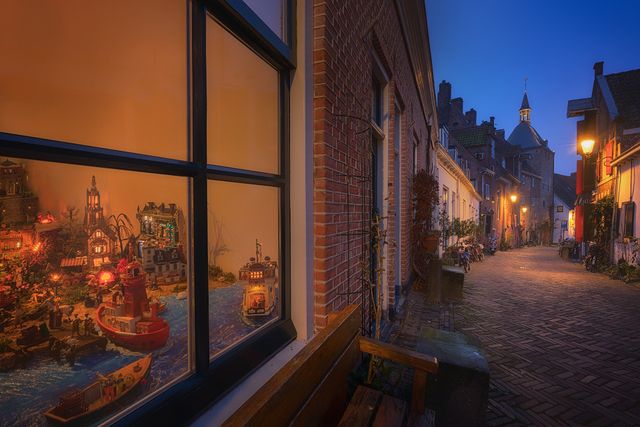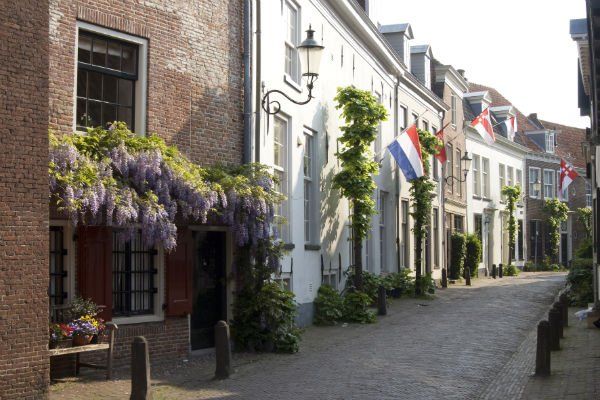Muurhuizen

Take a look in advance
Walking through the Muurhuizen you imagine yourself in the Middle Ages. When the city began to expand as a result of the economic boom in 1380, a new city wall had to be built. The old wall was torn down and from about 1500 houses were built with the material from the old wall along the line where the city wall had stood. Because the construction of these houses took place in different periods, a great diversity of forms emerged.
Well-known buildings in the Muurhuizen:
Museum Flehite: Museum Flehite is housed in three late-medieval wall houses, built around 1540. Over the centuries, the original dwelling houses were also used for other purposes, such as warehouse or even military hospital.
Nieuwenburgh: this property at numbers 5-7, has a facade stone from 1645, which depicts the house as it must have looked at the time.
The Bollenburgh:...
Walking through the Muurhuizen you imagine yourself in the Middle Ages. When the city began to expand as a result of the economic boom in 1380, a new city wall had to be built. The old wall was torn down and from about 1500 houses were built with the material from the old wall along the line where the city wall had stood. Because the construction of these houses took place in different periods, a great diversity of forms emerged.
Well-known buildings in the Muurhuizen:
Museum Flehite: Museum Flehite is housed in three late-medieval wall houses, built around 1540. Over the centuries, the original dwelling houses were also used for other purposes, such as warehouse or even military hospital.
Nieuwenburgh: this property at numbers 5-7, has a facade stone from 1645, which depicts the house as it must have looked at the time.
The Bollenburgh: the house where the Amersfoort-born national lawyer Johan van Oldenbarnevelt (1547-1619) spent his youth. Later, the house at number 19 served as the city's ribbon and spin house, a kind of workhouse for boys and girls.
House Tinnenburg: in the side wall you can see the outline of the first city wall. Here the water of the Heiligenbergerbeek flowed through the first city wall. After the 15th century, Tinnenburg at number 25 was mentioned as a merchant's house and what came later in this building, a cotton mill.
Plompe or Dieventoren: this striking square tall building was part of the city defense and city prison until the 19th century. The gateway is a faulty restoration from the 20th century. The Dieventoren at number 97 is also known as "Latijnje," coming from the then-demolished Latin School.
The Secretary's House: the house at number 109 takes its name from city clerk Mr. Jan Both Hendriksen, who had the property extensively remodeled in 1776.




